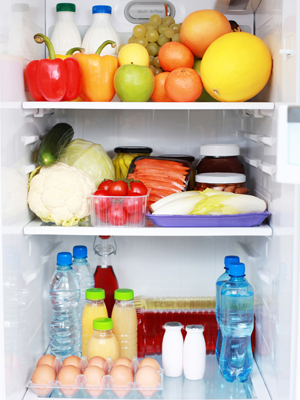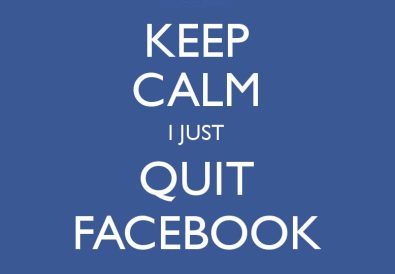You may be eating “ and ignoring “ foods based on mere myths. Read on to learn the truth about red meat, mercury in fish and the best fats that will actually help you burn fat. Shatter popular food myths before you sit down to eat.
Myth: Fish will give me mercury poisoning
Truth: Before you give up your sushi habit, know that while some fish is high in mercury (tuna, shark, and swordfish are biggies), there are plenty of other options that are safe to eat. Char, herring, salmon, rainbow trout, whitefish, crab, shrimp, clams, mussels, and oysters are all low in mercury. Canned tuna is also safe, provided you choose light tuna instead of albacore. And if you still want that tuna sashimi, go for it “ just make sure you consume no more than 150 grams per week.
Myth: Eating fat will make me fat
Truth: Not all fats are created equal. Yes, saturated and hydrogenated fats “ like those found in meats, dairy, and deep-fried foods “ can pack on the pounds. But healthy fats “ like those in nuts, fish, and olive oil “ can actually help with weight loss. Omega-3, an essential fatty acid found in fish, nuts and fortified milk and eggs, helps to regulate your blood sugar and control cravings. It’s fat that signals to your brain that you’re full and satisfied, making you less likely to reach for seconds. Need more reasons to eat good fat? Omegas 3, 6, and 9 can ease depression, decrease PMS symptoms, boost your immune system, and give you healthy skin, hair, and nails.
Myth: Fresh fruits and veggies are more nutritious than frozen
Truth: Fresh is better “ but only if it’s grown locally and is freshly picked. Fruits and veggies retain the most nutrients when they’re picked at their ripest, but much of our produce is picked ahead of time, left to ripen during transport. Frozen fruits and vegetables on the other hand, are picked when they’re ripe and then immediately frozen, retaining all the nutrients. So unless it’s in season and hasn’t been shipped across the country, frozen may be your better option.
Myth: A salad is always the healthiest option
Truth: Of course a salad is healthy. With all those fresh vegetables, how can it not be? Easy: by adding creamy salad dressings and fattening toppings like bacon, croutons, cheese, or fried noodles. Case in point, a fast-food Caesar salad with breaded chicken and dressing has more fat and calories than a big burger with all the fixings. For a smarter salad, use mostly vegetables, choose low-fat cheese like feta or goat cheese, and use an oil and vinegar-based dressing.
Myth: Raw veggies are healthier than cooked ones
Truth: Advocates of raw food diets will tell you that cooking your vegetables decreases their nutritional value, but that’s not necessarily true. While some vegetables, like broccoli, do offer more nutrients when raw, other vegetables, like carrots, spinach, mushrooms, asparagus, tomatoes and peppers actually offer more antioxidants when boiled or steamed. They’re also easier for your body to digest. Because vegetables do lose some of their nutrients when cooked (vitamin C, in particular), your best option is to eat a mixture of both cooked and raw.
Myth: Red meat is bad for you
Truth: Yes, too much meat has been associated with high cholesterol and heart disease, Alzheimer’s, arthritis, and osteoporosis. But, in small amounts, it’s also very good for the body “ it’s one of the best natural sources of iron (to generate red blood cells), zinc (for healthy skin and immune system), and B vitamins (to maintain nerve cells). The key to keeping it healthy is to choose lean cuts, eat it no more than twice a week, avoid barbecued meat that is burnt or charred, and avoid processed deli meats like salami, which are high in salt and preservatives.












Comments